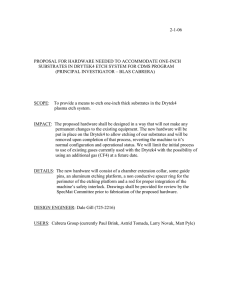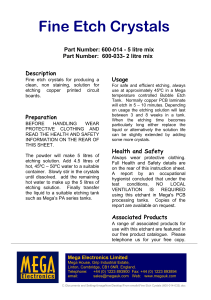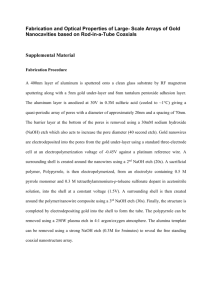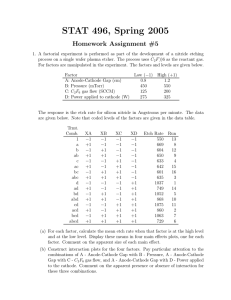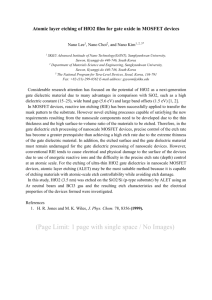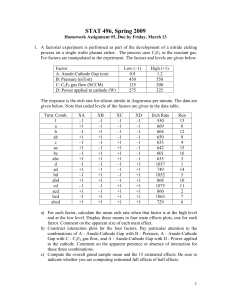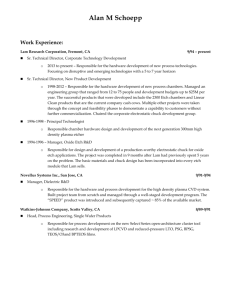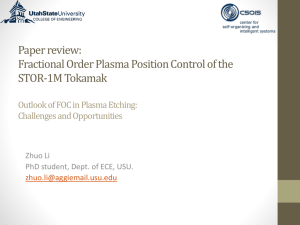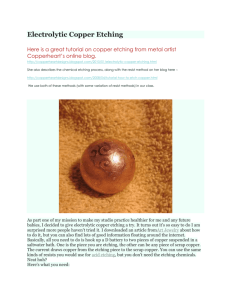View/Open
advertisement
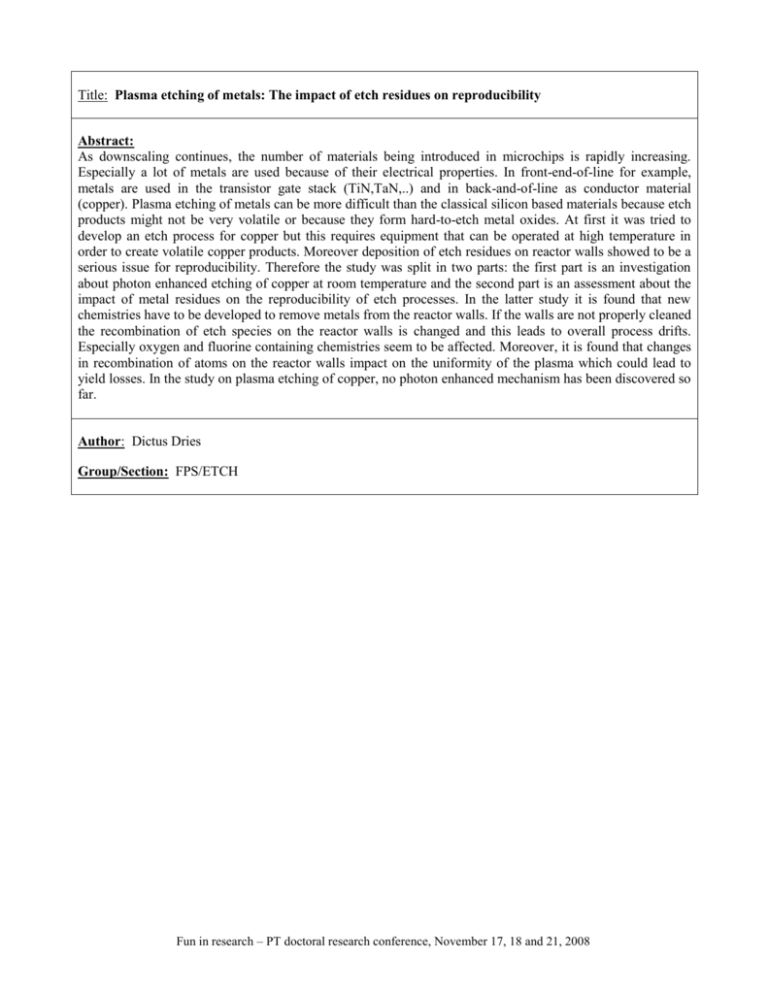
Title: Plasma etching of metals: The impact of etch residues on reproducibility Abstract: As downscaling continues, the number of materials being introduced in microchips is rapidly increasing. Especially a lot of metals are used because of their electrical properties. In front-end-of-line for example, metals are used in the transistor gate stack (TiN,TaN,..) and in back-and-of-line as conductor material (copper). Plasma etching of metals can be more difficult than the classical silicon based materials because etch products might not be very volatile or because they form hard-to-etch metal oxides. At first it was tried to develop an etch process for copper but this requires equipment that can be operated at high temperature in order to create volatile copper products. Moreover deposition of etch residues on reactor walls showed to be a serious issue for reproducibility. Therefore the study was split in two parts: the first part is an investigation about photon enhanced etching of copper at room temperature and the second part is an assessment about the impact of metal residues on the reproducibility of etch processes. In the latter study it is found that new chemistries have to be developed to remove metals from the reactor walls. If the walls are not properly cleaned the recombination of etch species on the reactor walls is changed and this leads to overall process drifts. Especially oxygen and fluorine containing chemistries seem to be affected. Moreover, it is found that changes in recombination of atoms on the reactor walls impact on the uniformity of the plasma which could lead to yield losses. In the study on plasma etching of copper, no photon enhanced mechanism has been discovered so far. Author: Dictus Dries Group/Section: FPS/ETCH Fun in research – PT doctoral research conference, November 17, 18 and 21, 2008
